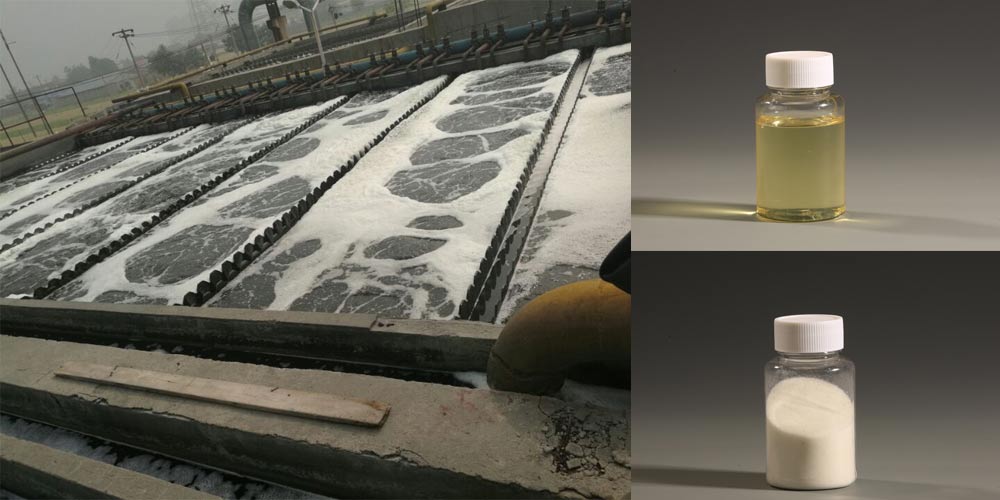In industrial wastewater treatment, the removal of suspended solids is a key link. Not only does this help improve water quality, it also reduces wear and tear on equipment and clogging. At present, the methods for removing suspended solids mainly include sedimentation, filtration, flotation and flocculation. Among them, the flocculation method is widely used because of its high efficiency and economy. In this approach, a polymer called PolyDADMAC plays an important role.
PolyDADMAC, whose full name is Poly diallyl dimethyl ammonium chloride, is a high molecular polymer. It is mainly formed by polymerizing diallyldimethylammonium chloride monomer through chain growth polymerization. This polymerization reaction is usually carried out under the catalysis of acid or salt, and a linear structure polymer can be obtained. It is usually yellowish liquid or white to yellowish powder or granules. It has good solubility and can be evenly dispersed in aqueous solutions.
PolyDADMAC has a high charge density and typically behaves as a cationic polymer. This means that it can adsorb negatively charged suspended solids and colloidal particles in water to form large flocs, thereby achieving effective removal of suspended solids. PolyDADMAC is often used as a flocculant and coagulant and is widely used in various water treatment fields, including industrial wastewater treatment and urban sewage treatment. It can quickly form large and dense flocs in wastewater and effectively remove suspended solids, heavy metal ions and organic pollutants.
In the treatment of wastewater from pulp and paper mills, the action mechanism of PolyDADMAC is mainly reflected in the following aspects:

Charge neutralization: Because PolyDADMAC has a high charge density, it can quickly adsorb on negatively charged suspended solids and colloidal particles, causing them to lose stability through charge neutralization, and then aggregate to form flocs of large particles.

Sweeping action: As the floc is formed, it will draw the suspended solids and colloidal particles in the wastewater into the floc, achieving solid-liquid separation through physical action.

Net-capture effect: High-molecular polymers can form a dense network structure, trapping suspended solids and colloidal particles in it like a fishing net, thereby achieving efficient separation.

Compared with other wastewater treatment methods, using PolyDADMAC to treat pulp and paper mill wastewater has the following advantages:

High charge density: PolyDADMAC's high charge density enables it to more effectively absorb negatively charged suspended solids and colloidal particles, improving treatment efficiency.

Strong adaptability: PolyDADMAC has good treatment effects on various types of pulp and paper wastewater and is not affected by water quality fluctuations.

High efficiency and low consumption: Using PolyDADMAC as Flocculant and coagulant can significantly reduce the dosage of chemicals, while improving treatment efficiency and reducing operating costs.

Environmentally friendly: PolyDADMAC is a cationic polymer. The floc produced after use is not easily decomposed into harmful substances and is environmentally friendly.
In conclusion, PolyDADMAC, as a High Molecular Polymer, has the advantages of high efficiency, low consumption, and environmental friendliness, and plays an important role in treating wastewater from pulp and paper mills. At a time when the trend of environmental protection is hard to resist, PolyDADMAC is a popular chemical product that meets the characteristics of environmentally friendly products.
Post time: Sep-12-2024


